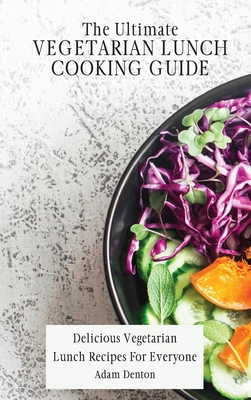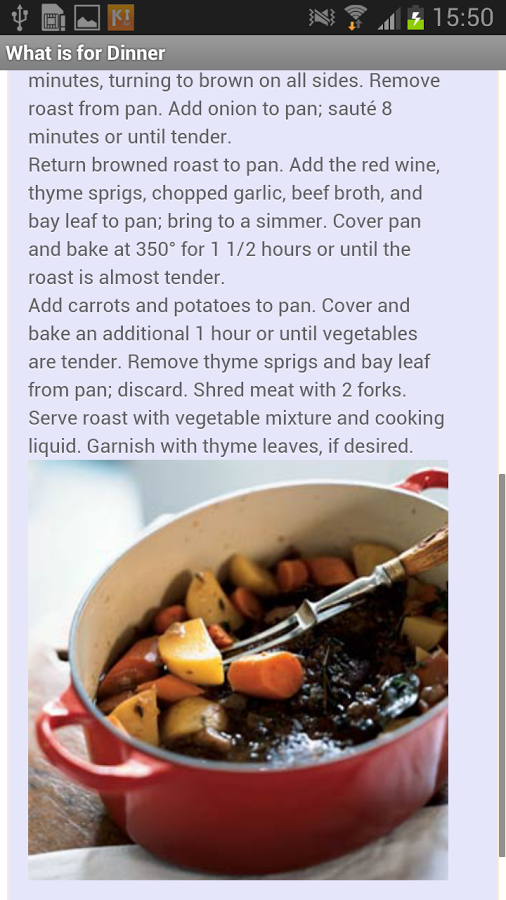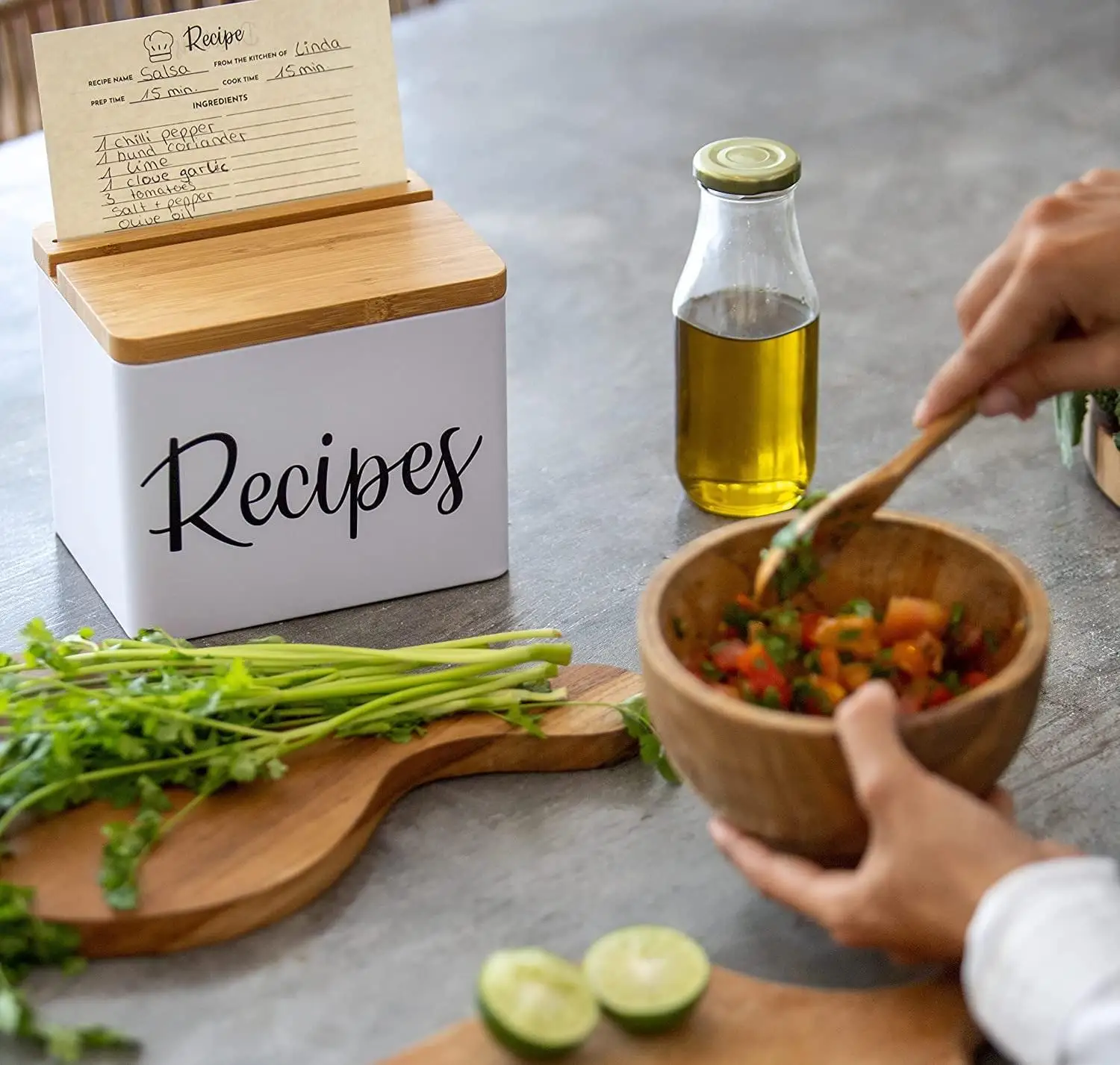Ultimate Guide to Dry Canning Recipes
Guide or Summary:What is Dry Canning?Benefits of Dry CanningEssential Equipment for Dry CanningStep-by-Step Guide to Dry CanningPopular Dry Canning RecipesS……
Guide or Summary:
- What is Dry Canning?
- Benefits of Dry Canning
- Essential Equipment for Dry Canning
- Step-by-Step Guide to Dry Canning
- Popular Dry Canning Recipes
- Safety Tips for Dry Canning
In the world of food preservation, dry canning recipes have gained significant attention. Whether you're an experienced homesteader or a beginner looking to extend the shelf life of your pantry staples, understanding the intricacies of dry canning can be immensely beneficial. This comprehensive guide will delve into the essentials of dry canning, offering a plethora of recipes and tips to ensure your food remains fresh for extended periods.
What is Dry Canning?
Dry canning, also known as oven canning, is a method of preserving dry goods such as grains, beans, nuts, and even certain types of dehydrated foods. Unlike traditional canning that involves liquid, dry canning focuses on removing moisture to prevent spoilage. This method is particularly useful for those looking to store food for long-term use, especially in emergency preparedness scenarios.
Benefits of Dry Canning
One of the primary advantages of dry canning is its ability to extend the shelf life of food items. When done correctly, dry canning can keep your pantry staples fresh for several years. Additionally, it helps in maintaining the nutritional value of the food, ensuring that you have access to healthy options even during times of scarcity.
Essential Equipment for Dry Canning
To get started with dry canning, you'll need some basic equipment:
- Mason jars with airtight lids
- A large oven
- Baking sheets

- A funnel
- Desiccants (optional but recommended for added moisture control)
Step-by-Step Guide to Dry Canning
1. **Preparation**: Begin by sterilizing your mason jars and lids. This can be done by washing them in hot, soapy water and then placing them in a preheated oven at 250°F (121°C) for about 20 minutes.
2. **Filling the Jars**: Once the jars are sterilized and cooled, use a funnel to fill them with the dry goods you wish to preserve. Leave about an inch of space at the top to allow for expansion.
3. **Heating**: Place the filled jars on a baking sheet and put them in an oven preheated to 200°F (93°C). Heat the jars for about an hour. This process helps to kill any potential bacteria or pests.
4. **Sealing**: After heating, carefully remove the jars from the oven and immediately seal them with the airtight lids. As the jars cool, a vacuum seal will form, ensuring that no air or moisture can enter.

Popular Dry Canning Recipes
Here are a few popular dry canning recipes to get you started:
1. **Dry Canned Rice**: Rice is a staple in many households, and dry canning can help keep it fresh for years. Simply follow the basic dry canning process, making sure to use white rice for the best results.
2. **Dry Canned Beans**: Beans are another excellent candidate for dry canning. Whether you prefer black beans, kidney beans, or chickpeas, this method will keep them ready for quick and easy meals.
3. **Dry Canned Nuts**: Nuts can go rancid quickly due to their high oil content. Dry canning can extend their shelf life significantly. Almonds, walnuts, and pecans are all great options.
4. **Dry Canned Pasta**: Pasta is another pantry staple that benefits from dry canning. It ensures that you always have a quick meal option available.
Safety Tips for Dry Canning
While dry canning is a straightforward process, it's essential to follow safety guidelines to prevent any risk of contamination:

- Always use clean, sterilized jars and lids.
- Ensure that the food items you are canning are completely dry.
- Check the seals on the jars regularly to make sure they remain airtight.
- Store the jars in a cool, dark place to maximize their shelf life.
Dry canning is an effective and efficient way to preserve your pantry staples, ensuring that you have access to nutritious and delicious food even in times of scarcity. By following the steps outlined in this guide and experimenting with various dry canning recipes, you can enjoy the benefits of long-term food storage. Whether you're preparing for an emergency or simply looking to extend the shelf life of your favorite dry goods, dry canning is a valuable skill to master.